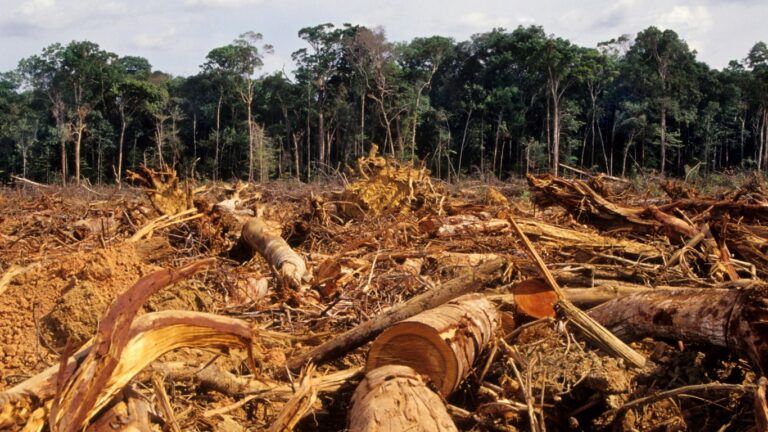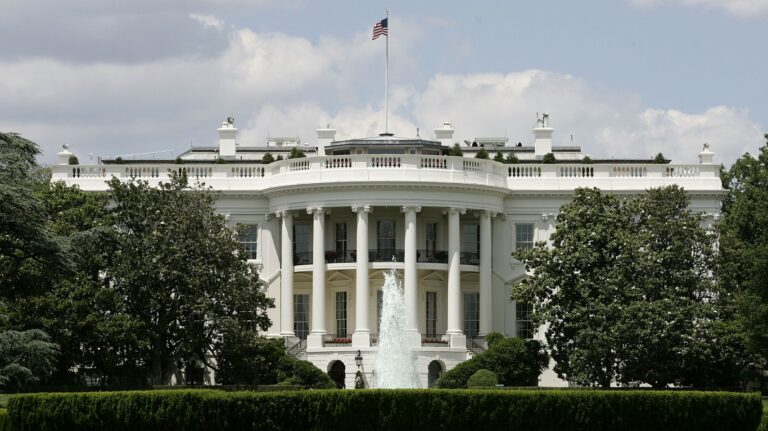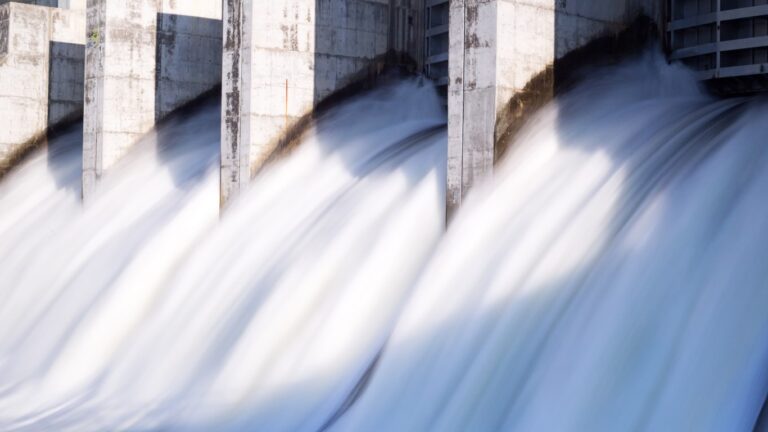West’s Megadrought Could Last Until 2100

The journal Nature Geoscience recently published a paper titled “North Pacific ocean–atmosphere responses to Holocene and future warming drive Southwest US drought.” The authors report that they are uncertain why the US Southwest has experienced drought for decades. Rising temperatures and changes in atmospheric air circulation appear to be among the reasons. Rainfall might alter the pattern, but that is unlikely.
The researchers examined data that dates back 6,000 years. Using computer models, they were able to demonstrate that air patterns originating in the Northern Pacific were among the factors contributing to the extended drought.
Exceptional Drought
Among the conclusions of the research is that the drought could continue into mid-century. However, some scenarios suggest that the problem could be even worse. If the oceans interact with the atmosphere as has been the case, the conditions could last until 2100 or later.
The news is bad for people who live in the area, and particularly for those who make a living in agriculture. The area from southern Arizona to southwest Texas has been experiencing droughts intermittently for decades. The US Drought Monitor categorizes it as “exceptional drought,” the most severe level. The National Weather Service lists this as “exceptional and widespread crop/pasture losses; shortages of water in reservoirs, streams, and wells creating water emergencies.”
It is hard to imagine that any weather condition could persist for a century, but in the American Southwest, it probably will.
More from ClimateCrisis 247
- There’s Plastic In Your Glass Bottle
- U.S. Military Emissions Higher Than Ethiopia’s
- Living In Delhi Like Smoking 1,797 Cigarettes A Year
- Mississippi Tops List Of Plastic Pollution






